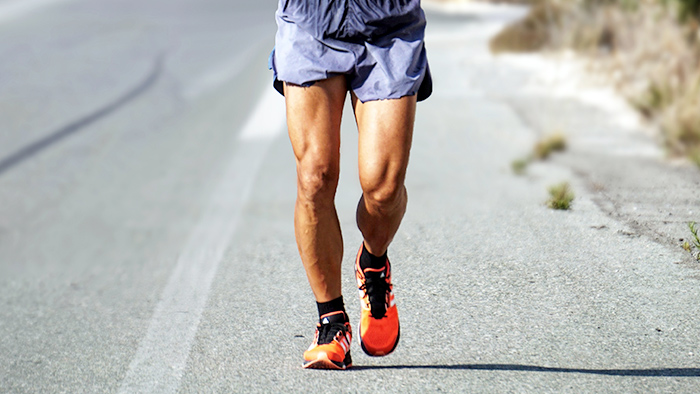Muscle Cramping While Exercising

Muscle Cramps are a common conversation amongst many sportspeople whether it be runners, cyclists, swimmers etc. It is estimated amidst several surveys and research that cramps can affect some 45-90 % of all athletes at some point in time. No matter what, no one really understand the full reason to why cramps occur!
Photo: Training Peaks
Theories
There are several theories to why we cramp during exercise, though please recall that One Theory Doesn’t Rule Them All
- Dehydration & Electrolytes: This theory bases itself on fact that fluid or electrolyte balances are not in equilibrium. The theory states that sodium stores are reduced and hence there is a reduction in those that are exchangeable throughout the body. This in turn cayses a "contraction of the interstitial fluid compartment around muscles and a misfiring of nerve impulses, leading to cramp". In simpler terms, if you don't replace sodium in your body at the same rate that you sweat it out, you could get muscle cramping!
- Neuromuscular: This theory bases itself on muscles being overloaded and on neuromuscular fatigue. It says that an "imbalance between excitatory impulses from muscle spindles and inhibitory impulses from Golgi tendon organs" can cause localised muscle cramps. It is believe that muscle fatigue contributes to this imbalance. In simple terms, when the muscles are overworked and fatigued they cause electrical misfiring.
Avoiding Cramping
Whilst there is not one real specific reason for cramping occuring, there is also not one magic cure. As humans we are all different and we all perform different activities, hence how we avoid, cure and manage cramps will also be different.
Below is a series of options which you can use alone or combined to find the perfect solution to help you specifically.
- Reduce Fatigue: no matter what sport you do, reducing fatigue via good rest and proper training will allow you to perform better and avoid cramping
- Specific Training: if you know what causes cramping, if it is at a certain point in time, intensity or difficulty, train in order to induce cramps and learn to manage and avoid them.
- Pace: be sure to pace yourself based on your overall fitness
- Taper: properly taper into main events so that your body has recovered and is not fatigued!
- Pre-load: be sure to fuel your body well with carbs and sodium before an event to reduces muscle overload
- Sodium: taking extra sodium is a good idea if you cramp during exercise, by consuming before and after an event, you avoid depleting all stores during exerice when it may be more difficult to consume. If you are using electrolyte drinks, be sure to take an effective dose as many commercial drinks are watered down that they have no effect whatsoever.
- Stretching: be sure to have a good daily stretching regime along with a post-exerice regime, these are both very important.
- Sports Massage: along with a good stretching regime, a regular massage helps heal fatigued and overworked muscles helping blood circulate better.
- Acupuncture: during massage, this can help with blood circulation and dealing with overload.
The content and information in this blog were derived from an article by Andy Blow on the Training Peaks website
